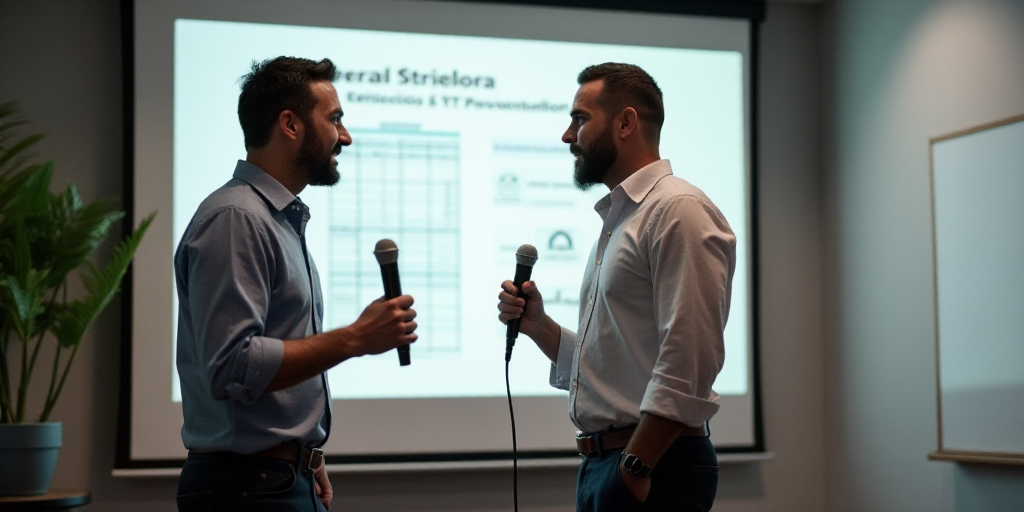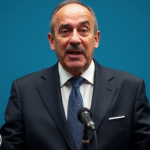Introduction of Innovative Cardiology Technology in Mexico
Mexico has become one of the first countries worldwide to introduce a pulsating field ablation (PFA) system for treating atrial fibrillation (AF), a high-specialty heart arrhythmia affecting thousands of Mexicans. This new technology, presented by Medtronic, aims to become the new standard for AF treatment.
Understanding Atrial Fibrillation
Atrial fibrillation is an abnormal, disorganized heart rhythm in the upper chambers (atria) of the heart, causing symptoms like palpitations and fatigue. It also increases the risk of stroke by five times. According to Dr. José Luis Morales Velázquez, an internist cardiologist, approximately 3% of people over 60 in Mexico suffer from AF, with the percentage rising as age increases.
The PFA Technology: A New Era for AF Treatment
Dr. Hugo Enrique Coutiño, head of electrophysiology at the Centro Médico Nacional Siglo XXI, described PFA as a “new era” for AF treatment. Unlike traditional ablation therapies using cold or heat, PFA uses rapid bursts of electrical energy to create precise lesions in the heart tissue causing arrhythmia without damaging surrounding structures like the esophagus or nerves.
A Safer and More Efficient Procedure
Experts highlighted the primary advantage of this new technology: safety. While cold and heat can cause energy dissipation injuries, PFA respects adjacent cells, significantly reducing the risk of complications. Dr. Coutiño mentioned that PFA has not reported any injuries so far, citing international studies.
The minimally invasive procedure involves introducing a catheter through a vein in the groin to the heart, applying energy rapidly enough that ablation time per pulmonary vein is reduced to seconds. Dr. Morales Velázquez described this as a radical change, allowing specialists to perform up to three or four procedures in an 8-hour workday, treating more patients.
Ideal Patients and Post-Procedure Care
Specialists emphasized that the best candidate for this procedure is a young patient with short-term arrhythmia and few comorbidities. PFA is particularly effective in paroxysmal atrial fibrillation, which presents and disappears without heart fibrosis or enlargement. “The faster the operation, the better,” they agreed.
Although the procedure is safe, patients must follow specific care, such as relative rest for 5-7 days to prevent leg bleeding where the catheter was inserted. Patients should also continue anticoagulant treatment for a few months and undergo 6-12 months of monitoring to ensure the arrhythmia doesn’t return. Studies “Pulse AF” report an 80% chance of not experiencing another arrhythmia.
Collaboration Drives Innovation
Medtronic executives highlighted that the arrival of such technologies reflects constant global investment in research and development. However, they emphasized that true innovation comes from collaboration. Ricardo Téllez, Medtronic’s division leader for cardiac therapies in Mexico, acknowledged that Mexican regulatory authorities expedited approval due to the system’s strong evidence.
Both doctors stressed the importance of authorities and industry working together to reduce approval times for new technologies, ensuring timely and high-quality patient care.






